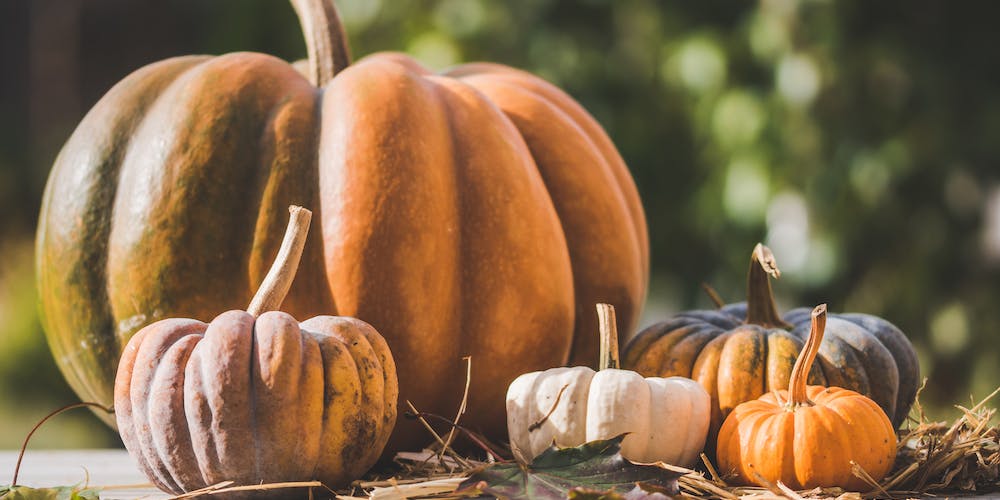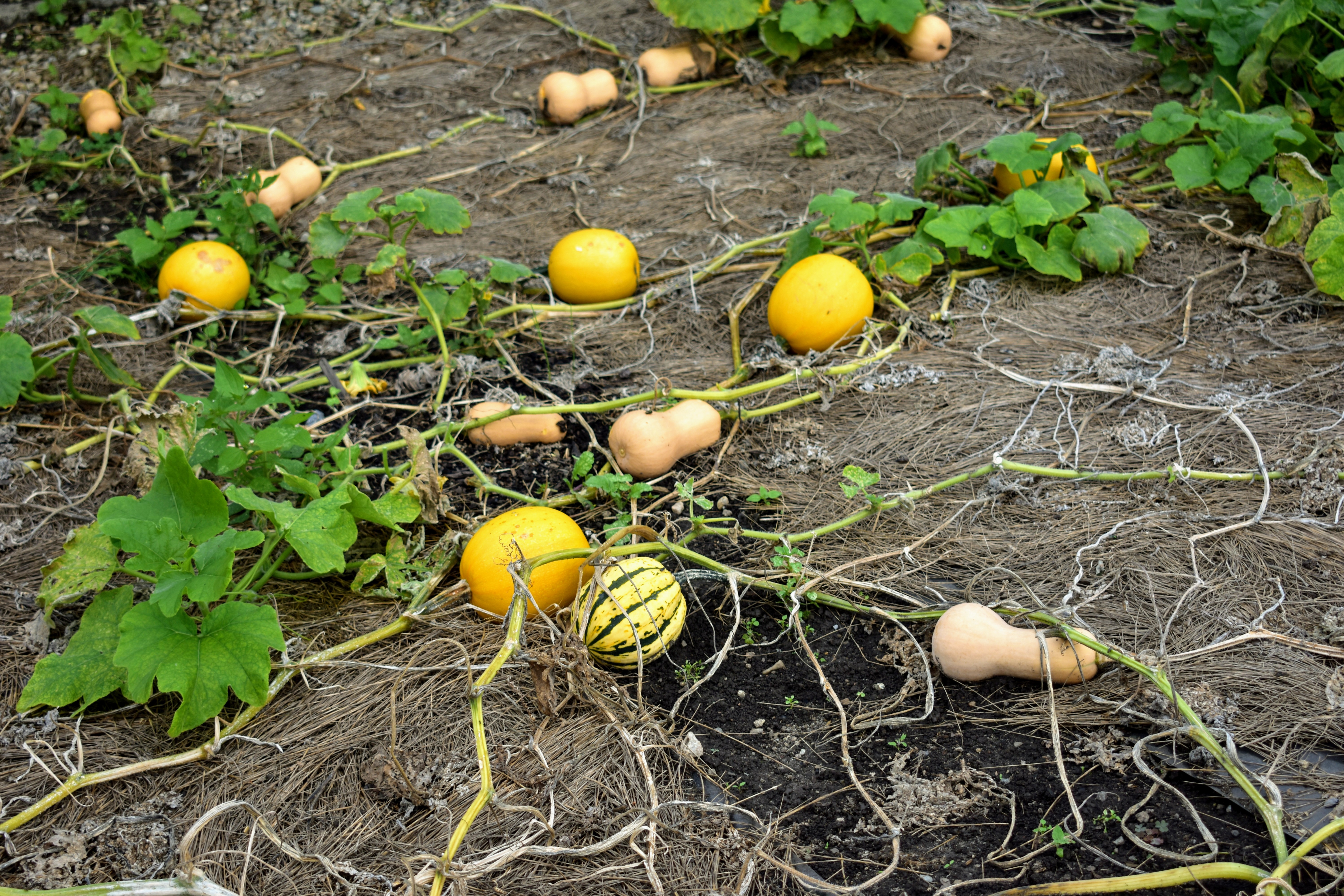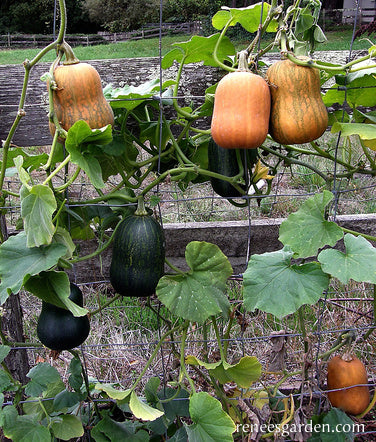Butternut squash is a delicious and versatile vegetable that is a staple in many kitchens. While traditionally grown in a large garden plot, it is also possible to successfully grow butternut squash in containers, making it a great option for those with limited space. In this guide, we will explore everything you need to know about growing butternut squash in containers, from choosing the right container to harvesting your own homegrown squash.
1. Choosing the Right Container

When it comes to growing butternut squash in containers, the first step is to choose the right container. Here are some key things to consider:
Materials:
The material of the container is important as it can affect the temperature and moisture levels inside. Plastic or resin containers are popular choices as they retain moisture well, while terra cotta is porous and may dry out quickly. Make sure to avoid containers made of treated wood as they can release harmful chemicals into the soil over time.
Size:
Butternut squash plants have large root systems so it’s important to choose a container that is at least 18-24 inches deep and wide. This will provide enough space for the plant to grow and develop healthy roots.
Drainage:
Proper drainage is essential for the success of your butternut squash plants. Make sure the container has drainage holes at the bottom to allow excess water to escape. You can also add a layer of gravel or broken pottery pieces at the bottom of the container to improve drainage.
2. Soil and Fertilizer

Having the right soil and fertilizer is crucial for any plant to thrive, and butternut squash is no exception. Here are some tips for preparing the perfect soil for your container-grown squash:
Soil:
Butternut squash plants prefer well-draining soil that is rich in organic matter. A good mix to use is 1 part compost, 1 part garden soil, and 1 part coconut coir or peat moss. This will provide the plant with essential nutrients and help retain moisture.
Fertilizer:
Butternut squash plants are heavy feeders, so it’s important to fertilize them regularly. You can use a slow-release organic fertilizer every few weeks or feed with a liquid fertilizer once a week. Make sure to follow the instructions on the fertilizer packaging for the correct application rates.
3. Planting and Care

Once you have your container and soil ready, it’s time to start planting your butternut squash. Here’s what you need to know about planting and caring for your plants:
Planting:
Butternut squash seeds can be directly sown into the container or you can start them indoors and transplant them later. If starting indoors, make sure to use biodegradable pots as the delicate root system of the squash can easily become damaged during transplanting. Plant the seeds about 1 inch deep and cover them with soil. Water thoroughly.
Sunlight and Water:
Butternut squash plants require at least 6-8 hours of full sun daily, so make sure to place your containers in a sunny spot. The soil should be kept consistently moist, but not soggy. Water when the top inch of soil feels dry, and make sure to water deeply to encourage strong root growth.
Support:
As butternut squash plants grow, they tend to vine out and may require support. You can use a trellis or create a DIY support system using bamboo stakes tied together. This will prevent the vines from sprawling and keep your plant neat and organized.
4. Pest and Disease Control

Like any plant, butternut squash is susceptible to pests and diseases. However, container-grown squash is less likely to face these issues compared to plants grown in the ground. Here are some common pests and diseases to watch out for:
Pests:
The most common pests that may affect your butternut squash plants include aphids, squash bugs, and cucumber beetles. You can control them by regularly checking your plants for any signs of infestation and using organic pest control methods such as neem oil or insecticidal soap.
Diseases:
Powdery mildew is a common disease that affects butternut squash plants. To prevent it, make sure to water at the base of the plant and avoid getting the foliage wet. If powdery mildew does occur, you can treat it with a homemade solution of baking soda, water, and vegetable oil.
5. Harvesting and Storage

After all your hard work, it’s finally time to harvest your butternut squash! Here are some tips to help you know when and how to harvest:
When to Harvest:
Butternut squash is ready to be harvested when it has fully matured and the skin has hardened. This usually happens between 80-100 days after planting. The stem should also be dry and brown.
How to Harvest:
Use garden shears or a sharp knife to cut the stem about 1 inch above the squash. Be careful not to puncture or damage the skin as this can reduce its shelf life.
Storage:
Butternut squash can last for several months if stored properly. Store them in a cool, dry place away from direct sunlight. You can also wrap individual squash in newspaper and store them in a cardboard box to extend their shelf life.
Frequently Asked Questions
Q: Can I grow butternut squash in a small container?
A: While it’s possible to grow butternut squash in a smaller container, it may not produce as many or as large of fruits as it would in a larger container. We recommend using a container that is at least 18-24 inches deep and wide for the best results.
Q: Can I reuse the soil from my butternut squash container?
A: Yes, as long as the soil is still nutrient-rich and has good drainage, you can reuse it for future plantings. It’s recommended to add some fresh compost or organic fertilizer before replanting.
Q: How often should I water my butternut squash plants?
A: You should water your butternut squash plants deeply once a week, making sure the top inch of soil is moist. However, during hot and dry weather, you may need to water more frequently to prevent the soil from drying out completely.
Q: Can I grow butternut squash in a hanging basket?
A: While butternut squash can be grown in hanging baskets, it may not provide enough space for the plant to thrive. We recommend using a deeper container for better results.
Q: Do butternut squash plants need to be pollinated?
A: Yes, butternut squash plants need to be pollinated in order to produce fruits. If you don’t have bees or other pollinators in your area, you may need to hand-pollinate the flowers by gently brushing the stamen against the pistil.
Conclusion
Growing butternut squash in containers is a fun and rewarding way to enjoy this delicious vegetable right from your own home. With the right materials, soil, and care, you can successfully grow your own butternut squash even in limited space. So why not give it a try and enjoy the taste of freshly harvested squash all season long?
